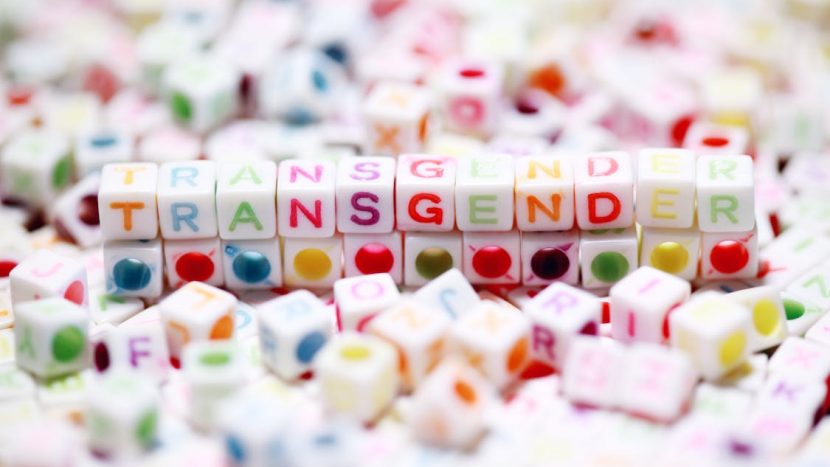Trans Visibility Day, also known as International Transgender Day of Visibility, is celebrated annually on March 31. It was first celebrated in 2009 in response to the need for a day for the world to celebrate and recognize the visibility of transgender individuals.
The history of Trans Visibility Day dates back to the 1990s when transgender activists and organizations emphasized the need to increase the visibility of transgender individuals. This need became even more urgent after the LGBTQ+ community mourned the 1998 murder of Rita Hester, a transgender woman in Boston. The murder caused an increase in the organization and activism of transgender activists and eventually led to the creation of the Transgender Day of Remembrance, a day when people commemorate the lives of trans people who have lost their lives through violence.
Trans Visibility Day, however, has a different focus: recognizing and celebrating the contributions of transgender individuals to society and raising the visibility of the trans community. The day also celebrates the courage of transgender persons who dare to express their identity and present themselves authentically in a world that often does not accept or understand them.
The importance
The importance of Trans Visibility Day cannot be overstated. Increasing the visibility of transgender persons is an important step in the fight for transgender rights and in creating a society that provides equality, respect, and dignity for all people, regardless of their gender identity. The day also provides an opportunity to raise awareness about the challenges and discrimination transgender persons still face and the need to address those challenges and create a more inclusive society.
In short, Trans Visibility Day is an important day for transgender persons and the LGBTQ+ community at large. It provides an opportunity to increase the visibility and recognition of transgender individuals and raise awareness about the challenges facing the trans community. It is also a day to celebrate how far we have come and to continue our commitment to a world where transgender persons and all LGBTQ+ people are fully accepted and respected.
A personal story

"'Then I have to talk to psychologists first to basically prove I'm trans enough'"
Veer Begas
We spoke with Veer Begas (who/diens), non-binary and Journalism student about why it is important to celebrate Trans Visibility Day. Die indicated that there are still misconceptions about transgender people, non-binary people and basically anything that is not hetro-normative.
For his freshman project week journal, that made a non-binary questionnaire! In it, Veer answers questions about coming out of the closet, safety and acceptance.
Curious about the non-binary questionnaire? Download the PDF below! Please mind that the questionnaire is only available in Dutch right now.
Check this out!
Are you within the HU looking for a great community for fun and support? Then check out our very own Gender & Sexuality Alliance (GSA)!
Are you looking for more information? Then check out Transgender Network Netherlands
By Niusha Froozesh
Did you find this interesting? See what else the D&I Network has to offer via topical.
Do you have suggestions or comments, would you like to tell your story or would you like to meet us? Please contact us via the contact form. We would love to stay in touch.
